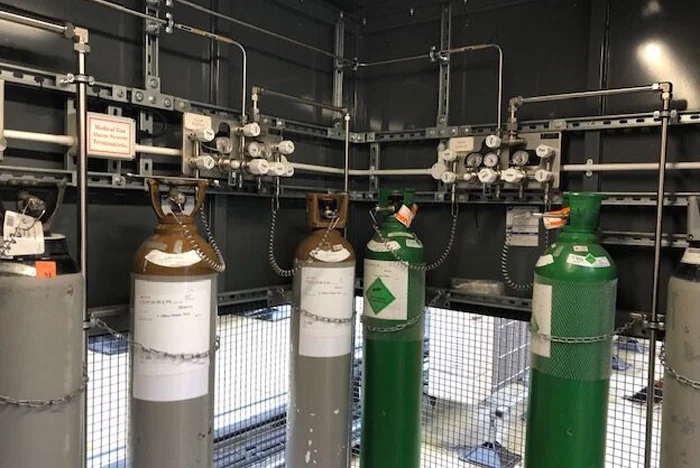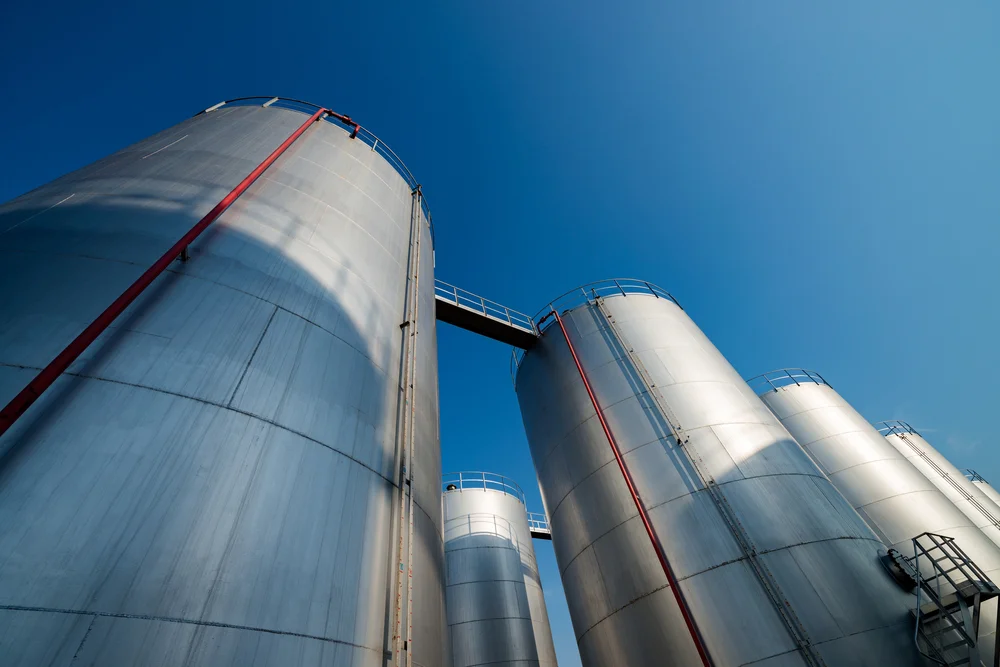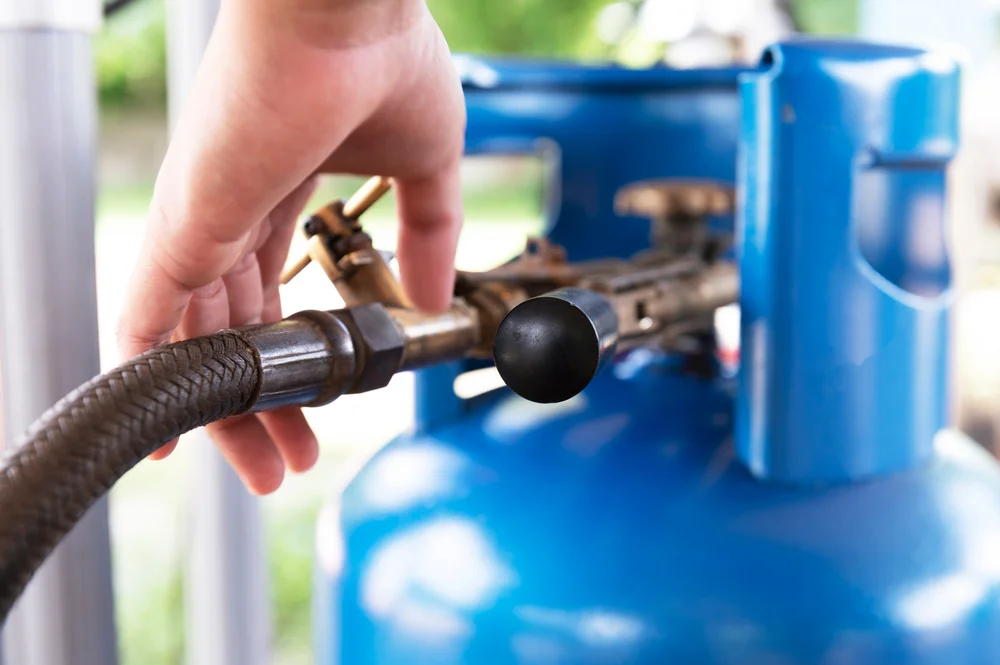

Here are the key components and features of a typical laboratory gas system:




1st Floor,A Block,Tawjeeh Building,Mussafah M-9,Abu Dhabi UAE
info@crowntech.ae
+971 564630061
+971 505604590